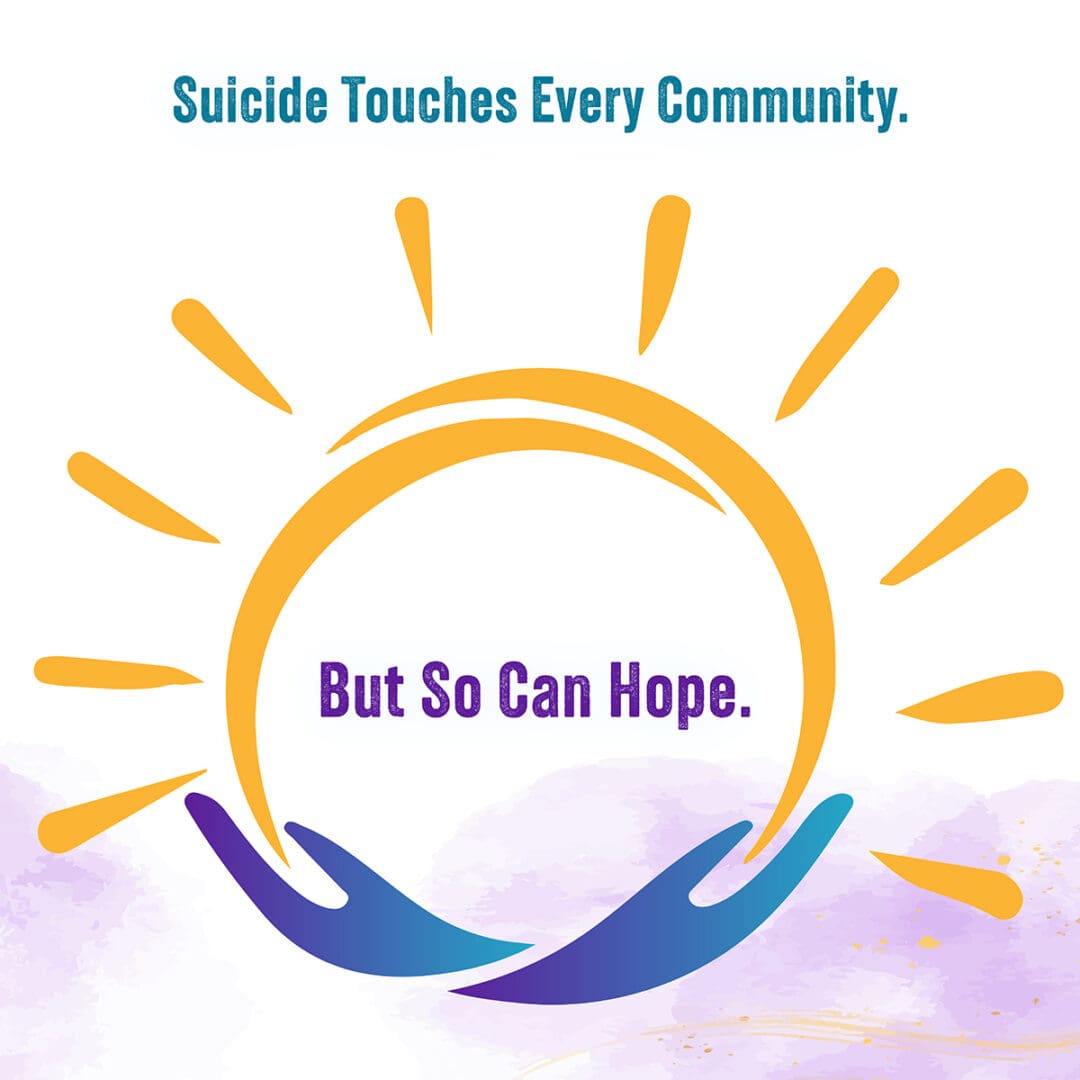
Suicide Awareness Month
Hey there! Thanks for hanging out with me again. September is Suicide Awareness Month, dedicated to a topic that is often stigmatized and shrouded in silence. This month serves as a global call to action for individuals/communities/organizations to deepen their understanding of suicide, actively dismantle the pervasive stigma surrounding mental health, and promote available resources that offer genuine hope and support. This month also serves as a time for remembrance, a moment to honor the lives touched by suicide, to stand in solidarity with survivors, and to collectively empower every facet of society to actively prevent future deaths by suicide.
Suicide Awareness Month endeavors to fundamentally shift the narrative, moving it decisively from one of despair and isolation to one of proactive prevention and enduring hope. A central tenet of this shift is the crucial understanding that, in many instances, suicide is indeed preventable. By equipping people with knowledge, fostering supportive environments, and ensuring access to timely help, we can significantly alter outcomes.
Understanding the Complex Landscape of Suicide
Suicide, at its core, is a multifaceted and deeply complex public health issue with consequences that ripple far beyond the immediate individual, touching families, friends, and entire communities. While the statistics detailing its prevalence can be profoundly sobering and difficult to confront, it is absolutely vital to internalize that each life lost represents an immeasurable and profound tragedy.
The pathways to suicidal ideation are intricate and vary widely among individuals, often involving a confluence of genetic predispositions, psychological factors, environmental stressors, and societal influences. These can include:
- Mental Health Conditions: Depression, anxiety disorders, bipolar disorder, schizophrenia, and personality disorders are significant risk factors. However, it’s crucial to remember that not everyone with a mental health condition will experience suicidal thoughts, and not everyone who experiences suicidal thoughts has a diagnosed mental health condition.
- Trauma and Adverse Life Experiences: Experiences such as abuse (physical, emotional, sexual), neglect, loss, bullying, discrimination, and significant life transitions (e.g., job loss, divorce) can contribute to vulnerability.
- Substance Use: Alcohol and drug misuse can impair judgment, increase impulsivity, and exacerbate underlying mental health issues, significantly raising the risk.
- Chronic Pain or Illness: Dealing with persistent physical pain or debilitating illnesses can lead to feelings of hopelessness and despair.
- Social Isolation and Lack of Support: Feeling disconnected, alone, or lacking a strong support network can intensify feelings of worthlessness and desperation.
- Access to Lethal Means: Easy access to methods of self-harm can increase the likelihood of a suicide attempt becoming fatal.
- Previous Suicide Attempts: A history of previous attempts is one of the strongest predictors of future attempts.
- Family History: A family history of suicide or mental illness can also increase risk.
Recognizing these contributing factors is the first step toward developing comprehensive prevention strategies that address the full spectrum of human experience and vulnerability.
Unifying Key Messages and Overarching Goals
Suicide Awareness Month focuses on key messages: “You are not alone” emphasizes connection and available support. “It’s okay to talk about mental health” aims to shatter stigma, encouraging open conversation and help-seeking. “Warning signs matter” educates the public on recognizing distress signals for timely intervention. Lastly, “Help is available” highlights tangible resources like crisis hotlines and therapy, offering clear paths to recovery.
Your Call to Action
Suicide Awareness Month invites everyone to contribute to its life-saving mission. Your participation, no matter how small, can create positive change:
- Educate Yourself: Learn about risk factors, warning signs, and protective factors from reputable organizations like NAMI.
- Initiate Conversations: Talk openly about mental health with friends, family, and colleagues to normalize discussions.
- Support Organizations: Volunteer or donate to organizations dedicated to suicide prevention, research, and support.
- Champion Resources: Share crisis hotlines, mental health services, and support groups through your networks.
- Prioritize Your Well-being: Practice self-care to maintain your own mental and emotional health.
- Master Active Listening: Respond with empathy and validate feelings, encouraging professional help when appropriate.
- Learn QPR: Consider taking a QPR Gatekeeper Training course (Question, Persuade, Refer).
- Advocate for Policy Change: Support legislation that increases access to mental healthcare and funds prevention research.
Vital Resources and Unwavering Support
If you or someone you know is struggling with suicidal thoughts, feelings of hopelessness, or overwhelming distress, please remember that reaching out for help is a sign of immense strength, not weakness. There are compassionate individuals and dedicated services ready to listen and support you:
- 988 Suicide & Crisis Lifeline (U.S. and Canada): Call or text 988 for immediate support from trained counselors.
- Crisis Text Line: Text HOME to 741741 (U.S.) to connect with a crisis counselor via text.
- The Trevor Project: Offers specialized crisis intervention for LGBTQ young people (ages 13-24). Call 1-866-488-7386, text START to 678-678, or chat at TheTrevorProject.org.
- Minnesota Residents: Check your county’s crisis support services.
So there you have it! Something that’s been on my brain. I hope this finds you well. Know that I see you and I’m rooting for you. Take care of yourselves and each other.
